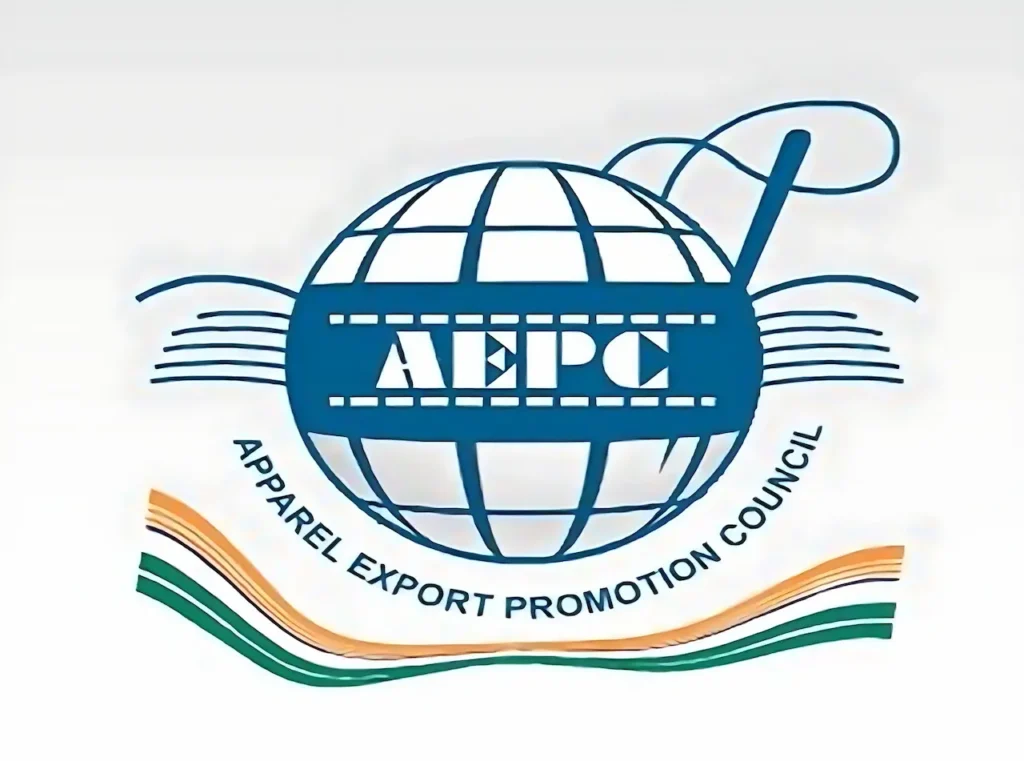The AEPC calls for an extension of the RoSCTL rebate scheme for three more years, citing the pressing need in the face of current global economic uncertainties. Learn about the scheme’s impact, the industry’s plea for innovation and FDI, and the key strategies outlined for India’s garment export competitiveness.
AEPC Appeals for Three-Year Extension of RoSCTL Scheme
The Apparel Export Promotion Council (AEPC) has urgently requested the government to extend the Rebate of State and Central Taxes and Levies (RoSCTL) scheme for an additional three years. This plea comes as a response to the prevailing global economic uncertainties, with the AEPC emphasizing the critical role the scheme plays in supporting the apparel industry.
Current Global Economic Challenges
The AEPC highlights that market sentiments have reached an unprecedented low, particularly in the traditional markets of the United States and the European Union. Facing recessionary trends, the industry contends that extending the RoSCTL scheme beyond March 31, 2024, has become an essential measure.
Significance of RoSCTL Scheme
The RoSCTL scheme has played a pivotal role in allowing the apparel industry to plan and execute business strategies consistently, ensuring competitiveness in the global market. Naren Goenka, representing AEPC, stresses the dire necessity of the extension to navigate the challenging economic landscape.
Focus on Innovation and FDI
In addition to the extension plea, the AEPC encourages the apparel industry to prioritize innovation and attract Foreign Direct Investments (FDI). Despite the textile sector allowing 100 percent overseas investment under the automatic route, the apparel industry currently receives a lower level of FDI.
Strategies for Export Competitiveness
To achieve the target of increasing exports from $16-17 billion to $40 billion by 2030, the industry needs to focus on innovation for cost reduction, faster clearances, market and product expansion, adopting a cluster-based model, attracting investments, and enhancing branding efforts.
Government’s Role in Fostering Growth
The AEPC emphasizes the importance of enhancing FDI to increase economies of scale, a crucial factor for India’s export competitiveness in the ready-made garment sector. The appeal underscores the need for significant investment in the garment sector to realize its full potential.
Challenges and Opportunities
The industry should also concentrate on harnessing the potential of the e-commerce segment, leveraging Free Trade Agreements (FTAs), practicing sustainability, and adopting responsible business practices. These strategies are deemed essential for overcoming challenges and tapping into new opportunities.
Conclusion: A Crucial Period for the Industry
As global economic uncertainties intensify due to geopolitical conflicts, the AEPC’s appeal for an extension of the RoSCTL scheme underscores the critical juncture the apparel industry finds itself in. The industry’s ability to adapt, innovate, and secure government support will be pivotal in navigating the challenges ahead.

